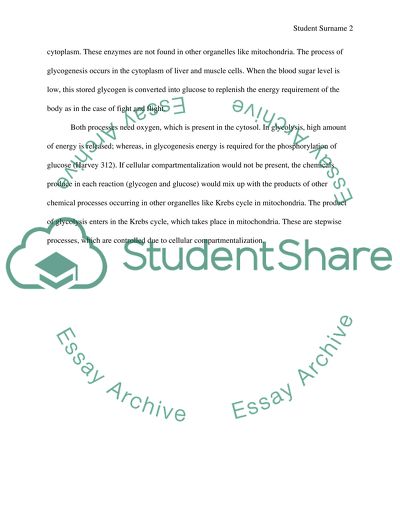The Cell Essay Example | Topics and Well Written Essays - 250 words. Retrieved from https://studentshare.org/medical-science/1656064-the-cell
The Cell Essay Example | Topics and Well Written Essays - 250 Words. https://studentshare.org/medical-science/1656064-the-cell.


